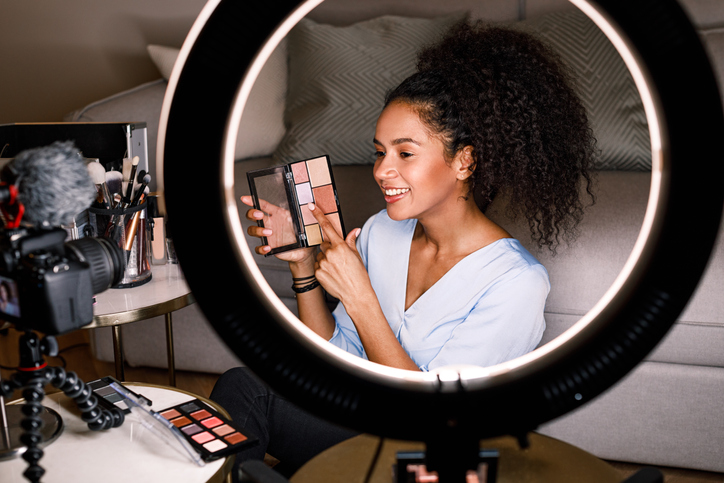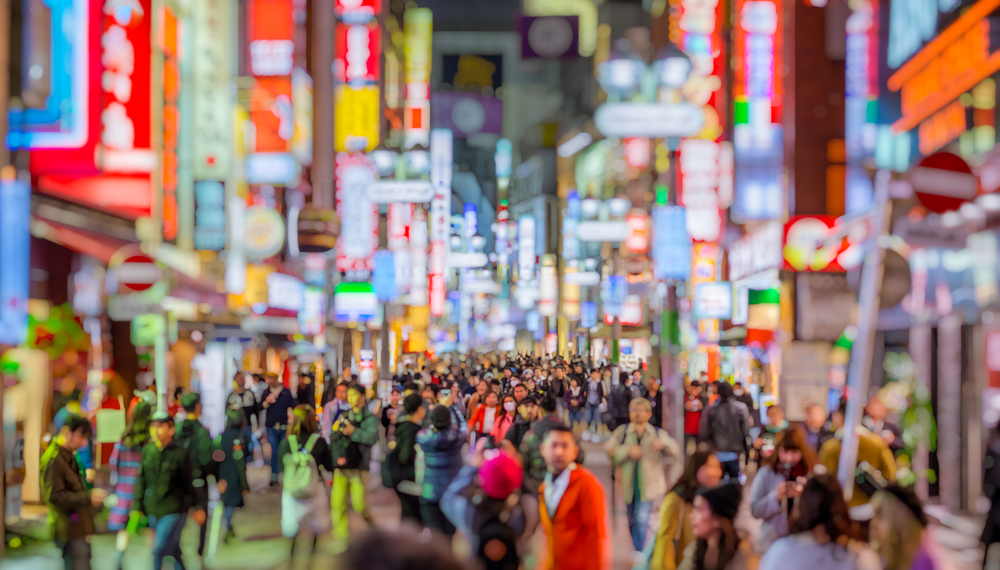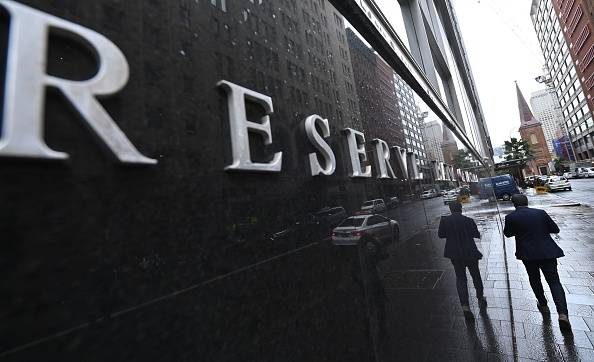‘De-Influencers’ Want You to Think Twice Before Buying That Mascara
TikTok users are speaking critically about viral products and advocating for thoughtful shopping habits. On a platform known for driving consumption, is change even possible?
After years of influencers pushing cosmetics, clothes, personal tech and supplements to the masses, a rising cohort is taking a different tack: telling people what not to buy. They’re calling it “de-influencing.”
The term is being popularised in videos by people whose experience runs the gamut: disappointed consumers, savvy beauty bloggers, doctors dispelling skin-care myths and former retail employees dishing on which products they saw returned most often. Their shared guidance is a rejoinder to a seemingly endless stream of recommendations and promotional content on the platform—and a sign of growing backlash to over consumption. TikTok videos under the hashtag #deinfluencing have surpassed 68 million views.
TikTok has become one of the most powerful forces in online retail, helping to boost butt-lifting leggings, luxe lip oils and green-juice powders, among other trendy products. Brands have poured money into influencer marketing on the platform, knowing a viral video can make almost anything sell out, and videos featuring the hashtag #TikTokMadeMeBuyIt have together earned more than 40 billion views.
“The best way to think about TikTok is that it’s a vehicle that takes a consumer to the checkout line,” said Krishna Subramanian, the co-founder of Captiv8, a marketing platform that connects influencers and brands.
But a deluge of sponsored videos and hyper-enthusiastic reviews has made it harder for consumers to figure out which items are actually worth their money.
“We’re constantly being fed, ‘You need to try this product,’ ‘You will love this product,’” said Karen Wu, 25, a makeup and skin-care influencer who lives outside Los Angeles. De-influencing is an attempt to change that.
What exactly is de-influencing?
The term refers to people speaking critically about products on a platform where endorsements run rampant.
De-influencing videos may steer consumers toward cheaper alternatives, also known as dupes, or discourage them from spending money in certain categories altogether.
Maddie Wells, a beauty influencer in Lexington, Ky., was early to the trend. She began making videos in 2020 about the products she frequently saw customers return to Sephora and Ulta, where she held sales associate jobs between 2018 and 2021.
In a September video with 2.5 million views, she name-drops the Ordinary’s Peeling Solution and Too Faced’s Better Than Sex mascara as cosmetics that—despite being frequently touted by beauty influencers—often found their way back to the shelves at those stores. “I’m calling this ‘de-influencing,’” she says in the video. The Ordinary and Too Faced didn’t respond to requests for comment.
“I can’t say without a shadow of a doubt I was the first person to ever say it,” Ms. Wells said of her coinage, but it has significantly caught on since.
How did the trend start?
Though de-influencing is a relatively new term, TikTok users have been speaking candidly about products for some time now. Last year, entrepreneur and former Real Housewife Bethenny Frankel earned headlines for her unapologetic and critical reviews of popular beauty products.
“I wanted the glow. I wanted to glow like they glowed,” Ms. Frankel said of influencers promoting cosmetics. In trying out popular products herself, she’s found that some of them don’t live up to the hype. She said she’s been approached by beauty companies that want to send her products and have her post paid reviews, but she has turned them down in favour of partnering with brands she already knows and likes.
“The hill that I’m not dying on is lying about a lip gloss,” Ms. Frankel said.
In December 2021, style influencer Elise Harmon went viral after posting a video about the low-cost contents of Chanel’s $825 holiday advent calendar, including stickers, temporary tattoos and a dust bag.
“I was more upset with the fact that I wasn’t being a conscientious buyer. I bought something blindly without really looking at the quality of what was inside,” Ms. Harmon said. “I think people were excited to hear someone say they didn’t think it was worth it.”
A representative for Chanel declined to comment. In an interview with Women’s Wear Daily after Ms. Harmon’s video went viral, Chanel’s president of fashion said the company would be “much more cautious” about introducing similar products.
Why is it taking off now?
The pervasiveness of influencer marketing has put the onus on consumers to decipher which reviews can be trusted and what products are worth their money.
Those concerns came to a head last week when Mikayla Nogueira, a makeup artist with 14.4 million TikTok followers, was accused of wearing fake eyelashes in a sponsored post for L’Oréal mascara. (Neither a representative for Ms. Nogueira nor L’Oréal responded to multiple requests for comment.)
A TikTok spokesperson said that the company “has strict policies to protect users from fake, fraudulent, or misleading content, including ads, and we remove any content that violates our Community Guidelines, Advertising Guidelines, and Terms of Service.”
As viewers become more skeptical of promotions on the platform, influencers who appear raw, honest and critical in their approaches may stand to benefit, experts say.
“Originally, influencers were very beholden to their audience, then brands came along and said ‘let’s see how we can leverage this.’ Then, influencers became super beholden to brands,” said Jenna Drenten, associate professor of marketing at Loyola University Chicago’s Quinlan School of Business. Now, she said, “influencers are swinging back to the accountability between themselves and their audiences.”
What are some other products de-influencers are calling out?
Many of the products being critiqued today are ones that owe their success in large part to TikTok influencers.
Alexandra Williams, a 25-year-old tech sales employee in San Diego, Calif., recently posted about a knockoff of the Stanley tumbler, after seeing the 40-ounce water bottle all over social media. Terence Reilly, Stanley’s global president, said that sales of Stanley’s marquee Quencher bottle increased by 275% in 2022 compared with the previous year.
“Whenever I use my water bottle it’s because I’m going on a hike, or I’m throwing it down below in my car because I’m going to a workout class,” Ms. Williams said. Like Stanley’s Quencher, the bottle has a non-collapsible straw, which she said made it prone to spills and impractical for her active lifestyle. Mr. Reilly suggested that customers looking for a leakproof Stanley alternative could buy the IceFlow Tumbler.
Lola Olson, a 23-year-old fashion and lifestyle influencer in Germany, recently posted a video naming several brands and products she didn’t like, including shampoo from hair-care line Olaplex.
“There’s always going to be those people that are like, ‘It worked great for me.’ It just didn’t for me,” she said. “So I was just being honest, and I feel like that’s what people want from influencers.” She recommended her followers try K18 Hair, an Olaplex competitor her mom advised her to try, instead.
In response to a request for comment, an Olaplex spokesperson shared reports about the brand’s popularity and data on its social-media reach. A representative for K18 said that while the company uses influencers to promote its products, Ms. Olson has not worked with the brand.
Wait, but isn’t that still influencing?
Yes and no.
While emerging influencers may not be paid to name-drop alternatives, it’s easy to see how the space can quickly get murky as those with brand deals may seek to discredit the product of a competitor.
“There’s a big difference between saying, ‘I use a product and I enjoy it and I’m not getting paid to say this,’ versus ‘I have a previous relationship with a brand, and I’m telling you this alternative doesn’t work,’” said Prem Tripathi, a facial plastic surgeon in the San Francisco Bay Area who posts videos countering popular skin-care myths.
In a recent TikTok video, Dr. Tripathi poked fun at the de-influencing trend, offering up alternatives that had no connection to the hyped-up serums and creams in question: a “Golden Girls” mug, a luxury towel warmer and a lint remover.
 Copyright 2020, Dow Jones & Company, Inc. All Rights Reserved Worldwide. LEARN MORE
Copyright 2020, Dow Jones & Company, Inc. All Rights Reserved Worldwide. LEARN MORE
This stylish family home combines a classic palette and finishes with a flexible floorplan
Just 55 minutes from Sydney, make this your creative getaway located in the majestic Hawkesbury region.
The marketplace has spoken and, at least for now, it’s showing preference for hybrids and plug-in hybrids (PHEVs) over battery electrics. That makes Toyota’s foot dragging on EVs (and full speed ahead on hybrids) look fairly wise, though the timeline along a bumpy road still gets us to full electrification by 2035.
Italian supercar producer Lamborghini, in business since 1963, is also proceeding, incrementally, toward battery power. In an interview, Federico Foschini , Lamborghini’s chief global marketing and sales officer, talked about the new Urus SE plug-in hybrid the company showed at its lounge in New York on Monday.
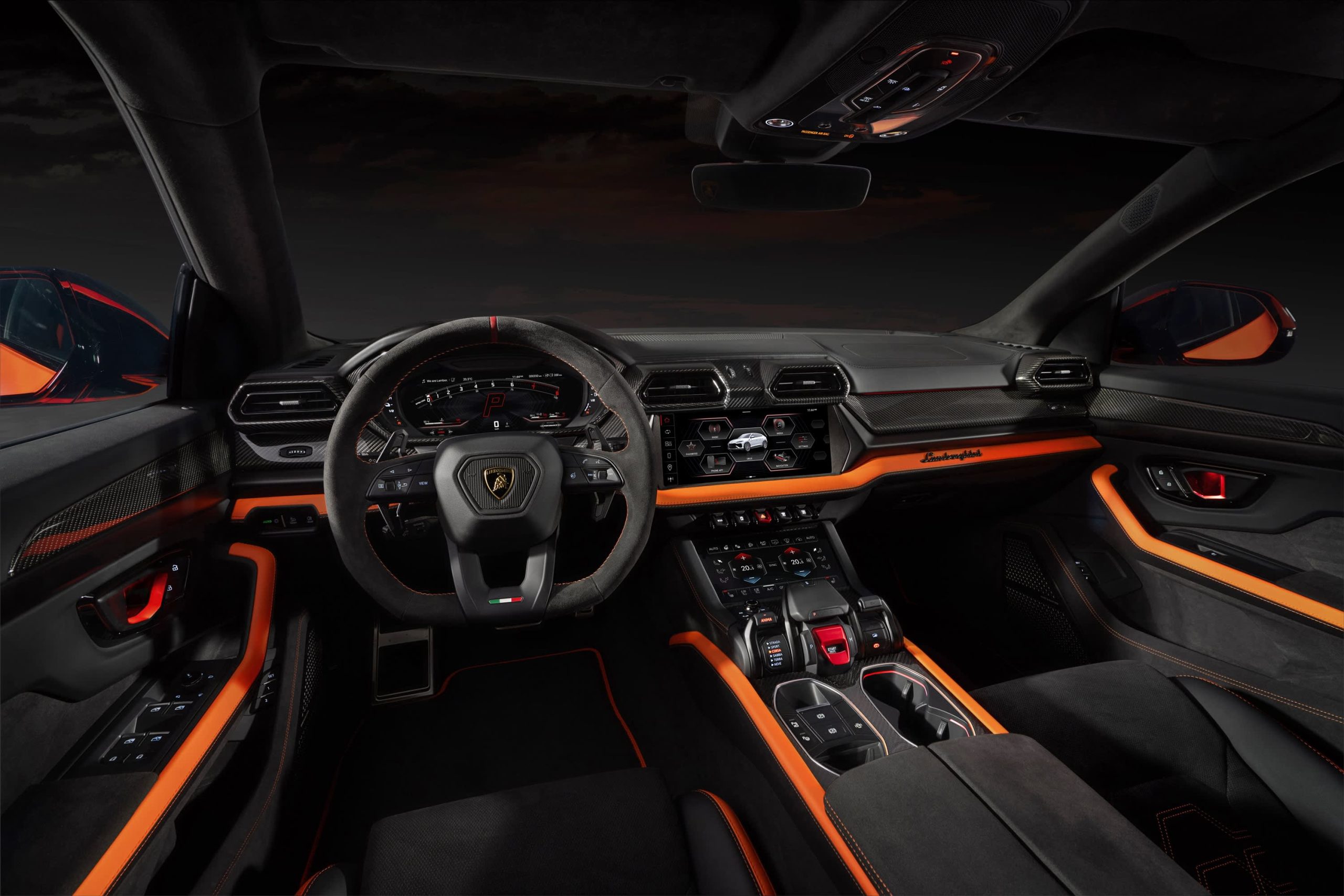
Lamborghini
The Urus SE SUV will sell for US$258,000 in the U.S. (the company’s biggest market) when it goes on sale internationally in the first quarter of 2025, Foschini says.
“We’re using the contribution from the electric motor and battery to not only lower emissions but also to boost performance,” he says. “Next year, all three of our models [the others are the Revuelto, a PHEV from launch, and the continuation of the Huracán] will be available as PHEVs.”
The Euro-spec Urus SE will have a stated 37 miles of electric-only range, thanks to a 192-horsepower electric motor and a 25.9-kilowatt-hour battery, but that distance will probably be less in stricter U.S. federal testing. In electric mode, the SE can reach 81 miles per hour. With the 4-litre 620-horsepower twin-turbo V8 engine engaged, the picture is quite different. With 789 horsepower and 701 pound-feet of torque on tap, the SE—as big as it is—can reach 62 mph in 3.4 seconds and attain 193 mph. It’s marginally faster than the Urus S, but also slightly under the cutting-edge Urus Performante model. Lamborghini says the SE reduces emissions by 80% compared to a standard Urus.
Lamborghini’s Urus plans are a little complicated. The company’s order books are full through 2025, but after that it plans to ditch the S and Performante models and produce only the SE. That’s only for a year, however, because the all-electric Urus should arrive by 2029.
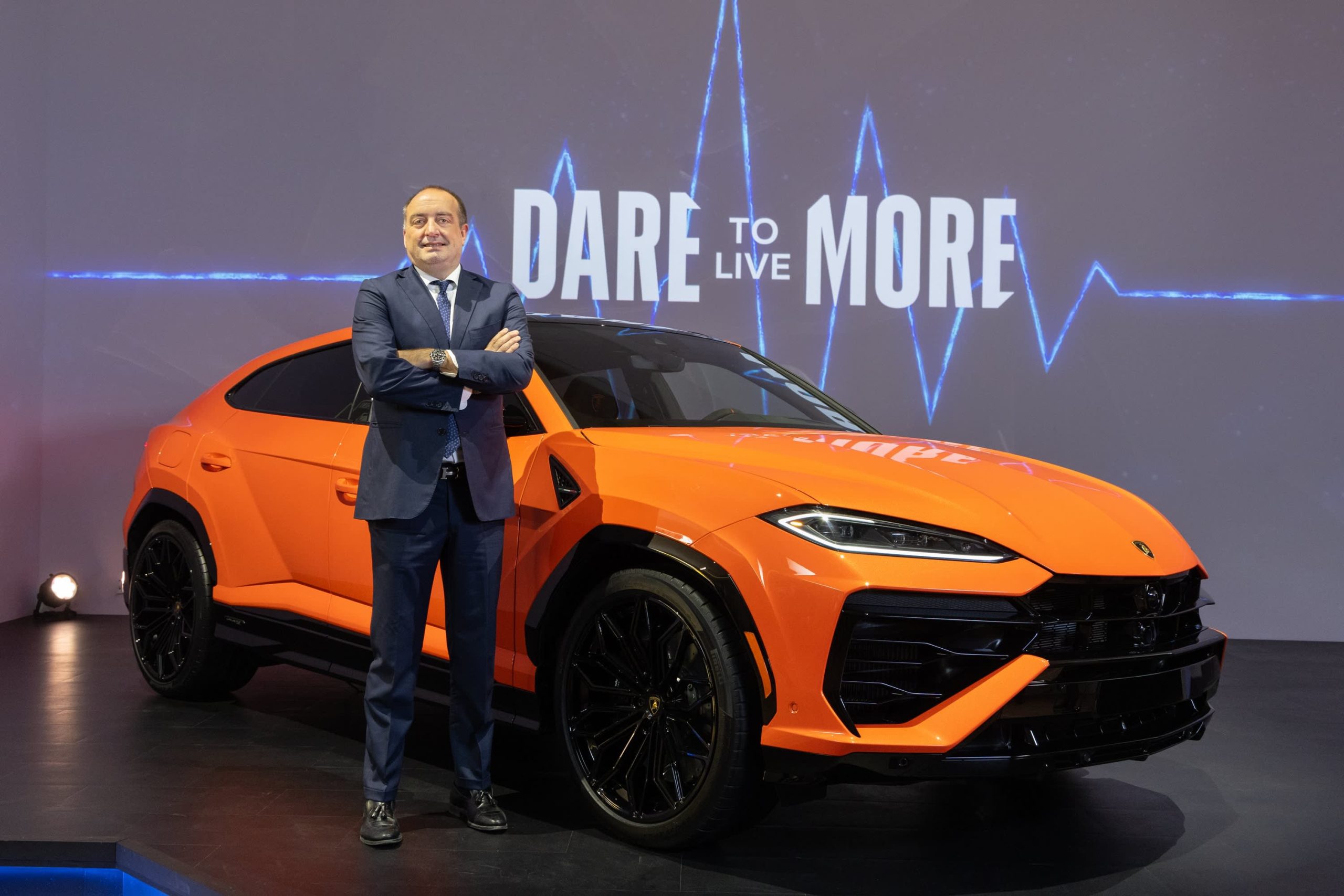
Lamborghini
Thanks to the electric motor, the Urus SE offers all-wheel drive. The motor is situated inside the eight-speed automatic transmission, and it acts as a booster for the V8 but it can also drive the wheels on its own. The electric torque-vectoring system distributes power to the wheels that need it for improved cornering. The Urus SE has six driving modes, with variations that give a total of 11 performance options. There are carbon ceramic brakes front and rear.
To distinguish it, the Urus SE gets a new “floating” hood design and a new grille, headlights with matrix LED technology and a new lighting signature, and a redesigned bumper. There are more than 100 bodywork styling options, and 47 interior color combinations, with four embroidery types. The rear liftgate has also been restyled, with lights that connect the tail light clusters. The rear diffuser was redesigned to give 35% more downforce (compared to the Urus S) and keep the car on the road.
The Urus represents about 60% of U.S. Lamborghini sales, Foschini says, and in the early years 80% of buyers were new to the brand. Now it’s down to 70%because, as Foschini says, some happy Urus owners have upgraded to the Performante model. Lamborghini sold 3,000 cars last year in the U.S., where it has 44 dealers. Global sales were 10,112, the first time the marque went into five figures.
The average Urus buyer is 45 years old, though it’s 10 years younger in China and 10 years older in Japan. Only 10% are women, though that percentage is increasing.
“The customer base is widening, thanks to the broad appeal of the Urus—it’s a very usable car,” Foschini says. “The new buyers are successful in business, appreciate the technology, the performance, the unconventional design, and the fun-to-drive nature of the Urus.”
Maserati has two SUVs in its lineup, the Levante and the smaller Grecale. But Foschini says Lamborghini has no such plans. “A smaller SUV is not consistent with the positioning of our brand,” he says. “It’s not what we need in our portfolio now.”
It’s unclear exactly when Lamborghini will become an all-battery-electric brand. Foschini says that the Italian automaker is working with Volkswagen Group partner Porsche on e-fuel, synthetic and renewably made gasoline that could presumably extend the brand’s internal-combustion identity. But now, e-fuel is very expensive to make as it relies on wind power and captured carbon dioxide.
During Monterey Car Week in 2023, Lamborghini showed the Lanzador , a 2+2 electric concept car with high ground clearance that is headed for production. “This is the right electric vehicle for us,” Foschini says. “And the production version will look better than the concept.” The Lanzador, Lamborghini’s fourth model, should arrive in 2028.
Consumers are going to gravitate toward applications powered by the buzzy new technology, analyst Michael Wolf predicts
This stylish family home combines a classic palette and finishes with a flexible floorplan









